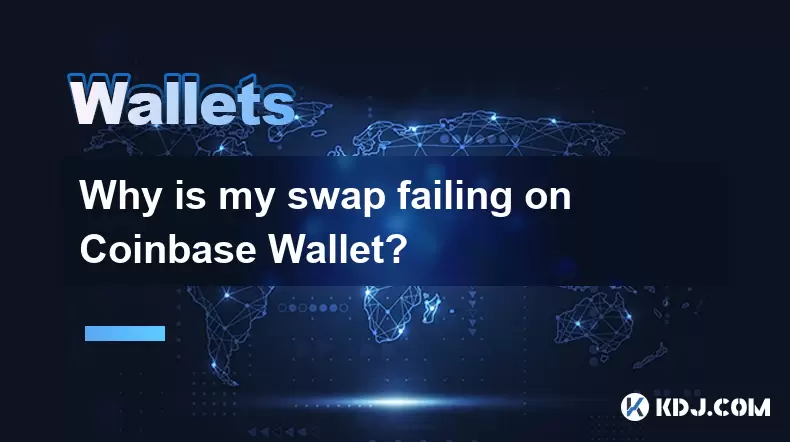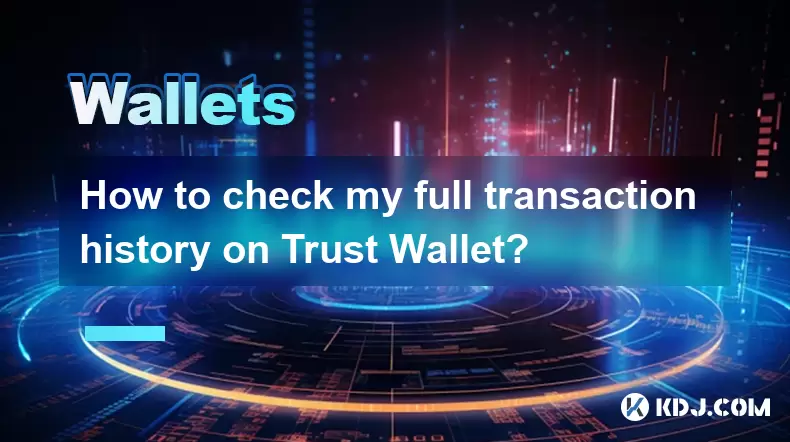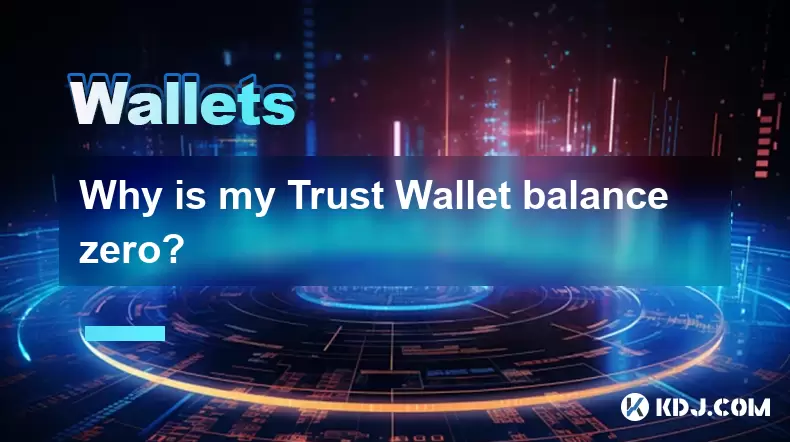-
 Bitcoin
Bitcoin $114000
0.38% -
 Ethereum
Ethereum $3494
-0.29% -
 XRP
XRP $2.876
-1.80% -
 Tether USDt
Tether USDt $0.9999
0.02% -
 BNB
BNB $749.1
-0.45% -
 Solana
Solana $161.8
-1.23% -
 USDC
USDC $0.9998
0.00% -
 TRON
TRON $0.3249
-0.42% -
 Dogecoin
Dogecoin $0.1987
-0.05% -
 Cardano
Cardano $0.7247
1.90% -
 Hyperliquid
Hyperliquid $38.39
0.52% -
 Stellar
Stellar $0.3889
2.87% -
 Sui
Sui $3.459
1.66% -
 Chainlink
Chainlink $16.18
1.43% -
 Bitcoin Cash
Bitcoin Cash $540.8
1.19% -
 Hedera
Hedera $0.2449
3.79% -
 Ethena USDe
Ethena USDe $1.001
0.03% -
 Avalanche
Avalanche $21.41
-0.12% -
 Toncoin
Toncoin $3.699
4.73% -
 Litecoin
Litecoin $110.0
3.08% -
 UNUS SED LEO
UNUS SED LEO $8.964
0.05% -
 Shiba Inu
Shiba Inu $0.00001221
1.28% -
 Polkadot
Polkadot $3.608
1.91% -
 Uniswap
Uniswap $9.150
1.59% -
 Monero
Monero $297.7
0.78% -
 Dai
Dai $1.000
0.02% -
 Bitget Token
Bitget Token $4.319
0.78% -
 Pepe
Pepe $0.00001051
1.89% -
 Cronos
Cronos $0.1323
0.20% -
 Aave
Aave $257.8
1.36%
Why is my swap failing on Coinbase Wallet?
Swap failures in Coinbase Wallet can result from low gas fees, incorrect slippage, network mismatches, or pending transactions—check settings and balances to resolve.
Aug 03, 2025 at 07:07 am

Understanding Swap Failures in Coinbase Wallet
When attempting to swap tokens within Coinbase Wallet, users may encounter unexpected failures that prevent the transaction from completing. These issues can stem from various sources, including network congestion, incorrect settings, or insufficient funds. A swap failure does not always mean the transaction was rejected by the blockchain; it could be stuck in a pending state or reverted due to smart contract rules. Understanding the root causes is essential to resolve the issue efficiently.
Check Your Network Fees (Gas Fees)
One of the most common reasons for a failed swap is insufficient gas fees. Ethereum and other EVM-compatible blockchains require gas to execute transactions, including token swaps. If the gas fee is too low, miners or validators may ignore the transaction, causing it to stall or fail.
- Ensure you are using the recommended gas fee displayed in the Coinbase Wallet interface.
- Tap on the transaction details before confirming to view and adjust the gas settings.
- During periods of high network congestion, manually increasing the max fee or priority fee can help your transaction get processed.
- For networks like Ethereum, use external tools like Etherscan Gas Tracker to verify current average fees and adjust accordingly within the wallet.
Verify Token and Network Compatibility
A swap may fail if the tokens involved are not supported on the selected network or if the wallet is connected to the wrong blockchain. Coinbase Wallet supports multiple networks such as Ethereum, Polygon, Binance Smart Chain, Arbitrum, and Optimism.
- Confirm that both the input and output tokens are available on the same network.
- Navigate to the wallet’s network selector (top of the app) and ensure it matches the blockchain where the tokens exist.
- Attempting to swap a Polygon-based token while on Ethereum network will result in failure.
- If using a custom token, ensure its contract address is correct and supported by the decentralized exchange (DEX) being used.
Review Slippage Tolerance Settings
Slippage tolerance determines how much price change a swap can withstand before being canceled. High volatility or low liquidity can cause prices to shift rapidly between the time you initiate and confirm a swap.
- Access the swap settings in Coinbase Wallet before confirming the transaction.
- Adjust the slippage tolerance to a higher value (e.g., 1% to 12%, depending on the token).
- For stablecoins, 0.1% to 0.5% is typically sufficient.
- For low-liquidity or volatile tokens, increase slippage to 5% or higher to avoid failure.
- Note that higher slippage increases the risk of receiving fewer tokens than expected, but it improves the chance of success.
Ensure Sufficient Token and Native Coin Balance
Even if you have enough of the token you're swapping, you must also have enough native coin (e.g., ETH, MATIC, BNB) to pay for gas fees. A common mistake is having ample tokens but no ETH for gas on Ethereum.
- Check your balance of the native cryptocurrency for the current network.
- If your ETH balance is zero or very low, purchase a small amount or transfer from another wallet.
- Use the "Send" feature in Coinbase Wallet to add ETH or other native tokens.
- Remember that each swap attempt consumes gas, even if it fails, so repeated attempts with low balance will continue to fail.
Clear Pending Transactions
If a previous transaction is stuck in a pending state, it can block subsequent swaps. Blockchains process transactions in sequence based on nonce (transaction count), so a stuck transaction halts all future ones.
- Open the Activity tab in Coinbase Wallet and locate any pending transactions.
- If a swap is stuck, you can speed it up or cancel it using gas adjustments.
- To cancel: initiate a new 0 ETH transfer to your own wallet address with the same nonce and a higher gas fee.
- To speed up: resend the same transaction with increased gas fees.
- After clearing the pending transaction, retry the swap.
Disable Extensions or Conflicting dApps
If you're using Coinbase Wallet in browser extension mode or connected to a decentralized application (dApp), conflicts can occur. Some dApps impose restrictions or interfere with the swap process.
- Disconnect your wallet from any active dApp sessions via the Connected Sites section in the wallet settings.
- Restart the Coinbase Wallet browser extension or mobile app.
- Try performing the swap directly within the Coinbase Wallet app instead of through a dApp.
- Avoid using multiple wallets or extensions simultaneously, as this can cause session conflicts.
Frequently Asked Questions
Why does my swap fail even with enough tokens and gas?
A swap can fail due to high slippage, low liquidity on the decentralized exchange, or the transaction being reverted by the smart contract. Even with sufficient funds and gas, if the price changes beyond your slippage limit or the pool lacks reserves, the swap will revert.
Can I get my gas fee back if a swap fails?
No, gas fees are non-refundable. Even if a swap fails, the network still processes the transaction attempt, and miners or validators are compensated. This is a fundamental aspect of blockchain mechanics.
How do I know if my swap failed or is just pending?
Check the transaction status in the Activity tab. If it says "Pending," it’s still being processed. If it shows "Failed" or "Reverted," the swap did not go through. Tap the transaction to view details on Etherscan or equivalent block explorer for the network.
What should I do if I keep getting “Transaction Reverted” errors?
This error often indicates a smart contract issue. Ensure the token is legitimate and not blacklisted. Try swapping a smaller amount, increase slippage, or use a different DEX via the wallet’s swap aggregator. Avoid interacting with tokens that have known contract restrictions.
Disclaimer:info@kdj.com
The information provided is not trading advice. kdj.com does not assume any responsibility for any investments made based on the information provided in this article. Cryptocurrencies are highly volatile and it is highly recommended that you invest with caution after thorough research!
If you believe that the content used on this website infringes your copyright, please contact us immediately (info@kdj.com) and we will delete it promptly.
- Altcoins Most Searched: Hedera (HBAR) and the ETF Hype
- 2025-08-03 20:50:16
- Arbitrage Adventures: Creditcoin, Kaspa, and Chasing Crypto Profits
- 2025-08-03 20:30:16
- Claude HIVE & Code Agents: Faster Coding Revolution?
- 2025-08-03 20:50:16
- Trump Media, Bitcoin, and Crypto: A Surprising Alliance in the Making?
- 2025-08-03 21:30:16
- Shiba Inu's Bullish Reversal Hopes Amid Market Uncertainty: A Deep Dive
- 2025-08-03 21:30:16
- Shiba Inu's Struggle, Mutuum Finance's Rise, and Key Support Levels: A Crypto Deep Dive
- 2025-08-03 20:55:16
Related knowledge

What is a watch-only wallet in Trust Wallet?
Aug 02,2025 at 03:36am
Understanding the Concept of a Watch-Only WalletA watch-only wallet in Trust Wallet allows users to monitor a cryptocurrency address without having ac...

How to fix a stuck pending transaction in Trust Wallet?
Aug 03,2025 at 06:14am
Understanding Why Transactions Get Stuck in Trust WalletWhen using Trust Wallet, users may occasionally encounter a pending transaction that appears t...

What is a multi-coin wallet in Trust Wallet?
Aug 03,2025 at 04:43am
Understanding Multi-Coin Wallets in Trust WalletA multi-coin wallet in Trust Wallet refers to a digital wallet that supports multiple cryptocurrencies...

How to switch between networks in Trust Wallet?
Aug 02,2025 at 12:36pm
Understanding Network Switching in Trust WalletSwitching between networks in Trust Wallet allows users to manage assets across different blockchains s...

How to check my full transaction history on Trust Wallet?
Aug 02,2025 at 09:24am
Understanding Transaction History in Trust WalletTrust Wallet is a widely used non-custodial cryptocurrency wallet that supports a broad range of bloc...

Why is my Trust Wallet balance zero?
Aug 02,2025 at 03:49am
Understanding Trust Wallet Balance Display IssuesIf you're seeing a zero balance in your Trust Wallet despite knowing you've previously received or se...

What is a watch-only wallet in Trust Wallet?
Aug 02,2025 at 03:36am
Understanding the Concept of a Watch-Only WalletA watch-only wallet in Trust Wallet allows users to monitor a cryptocurrency address without having ac...

How to fix a stuck pending transaction in Trust Wallet?
Aug 03,2025 at 06:14am
Understanding Why Transactions Get Stuck in Trust WalletWhen using Trust Wallet, users may occasionally encounter a pending transaction that appears t...

What is a multi-coin wallet in Trust Wallet?
Aug 03,2025 at 04:43am
Understanding Multi-Coin Wallets in Trust WalletA multi-coin wallet in Trust Wallet refers to a digital wallet that supports multiple cryptocurrencies...

How to switch between networks in Trust Wallet?
Aug 02,2025 at 12:36pm
Understanding Network Switching in Trust WalletSwitching between networks in Trust Wallet allows users to manage assets across different blockchains s...

How to check my full transaction history on Trust Wallet?
Aug 02,2025 at 09:24am
Understanding Transaction History in Trust WalletTrust Wallet is a widely used non-custodial cryptocurrency wallet that supports a broad range of bloc...

Why is my Trust Wallet balance zero?
Aug 02,2025 at 03:49am
Understanding Trust Wallet Balance Display IssuesIf you're seeing a zero balance in your Trust Wallet despite knowing you've previously received or se...
See all articles

























































































